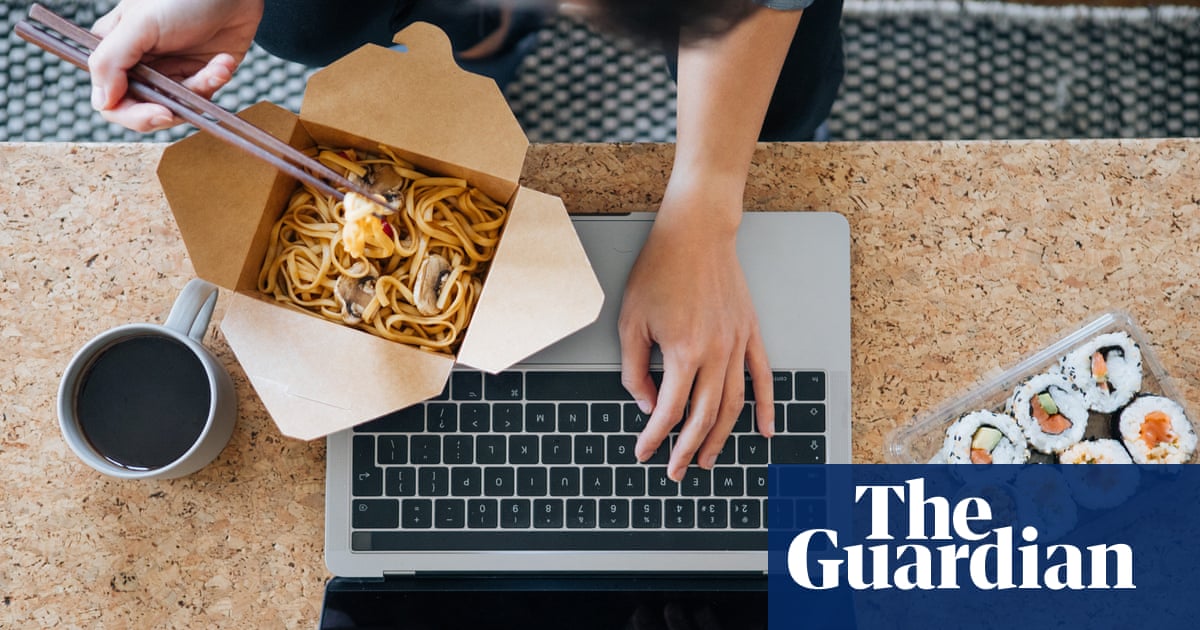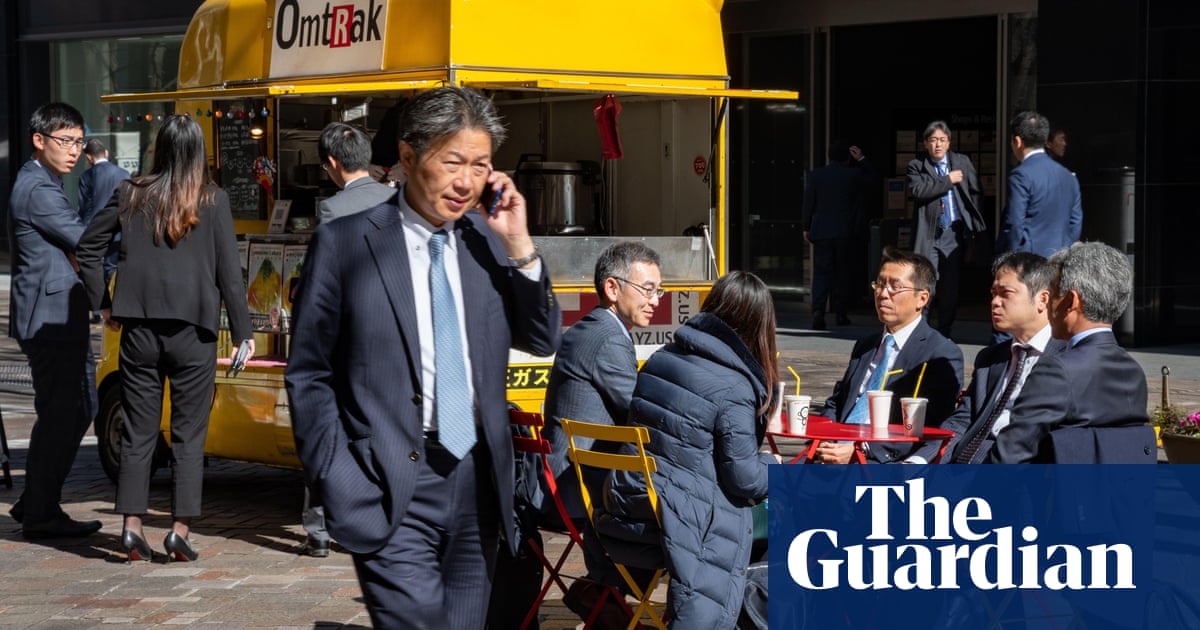
UK households ordered 12% less takeaway food in January than a year before, while the sector also faced more competition from restaurants and cafes after the lifting of pandemic restrictions.
Despite the fall in the number of items ordered as customers tried to rein in spending amid the cost of living crisis, spending fell by just 2% as inflation pushed up the cost of each dish, according to the Hospitality at Home spending tracker by analysts at CGA and NielsenQ.
Karl Chessell, CGA’s director for hospitality operators and food in Europe, said the decline in sales would put pressure on takeaway restaurant’s profits in an already tough market where costs from labour, food prices and energy are on the rise.
“The levelling out of delivery and takeaway sales since late 2021 has been a double-edged sword for restaurant operators.
“Positively, it shows that many consumers have returned to their pre-Covid-19 habits, replacing deliveries with the special experiences that only eating out can provide. But it also indicates that other consumers are reining in their spending as household bills continue to soar. With business costs so high as well, and third-party delivery platforms taking a large slice of sales, protecting already thin profit margins will be a challenge throughout 2023.”
The figures come as households finally face big winter energy bills, with increases in per unit costs combining with cold weather in late January.
About a third of those aged between 25 and 44 reported they were borrowing more money or using more credit than usual between September and the end of January compared with the same period a year before, according to the Office for National Statistics, as food, energy and mortgage or rental costs rose faster than wages.
The fall in the number of takeaway orders is also a reflection of a return to more normal behaviour after pandemic lockdowns, when households looked for a different way to treat themselves while hospitality venues were closed.
In January 2022, the comparative month for the CGA figures, restaurants and cafes were allowed to open but large parts of the UK were under plan B restrictions, which meant Covid passes were required to enter large venues while face coverings had to be worn on public transport and in shops and venues such as cinemas.
Potential diners were also put off going out by the prevalence of the Omicron variant of the Covid-19, which had led to tighter restrictions, such as preventing different households from mixing indoors, in some parts of the country.











